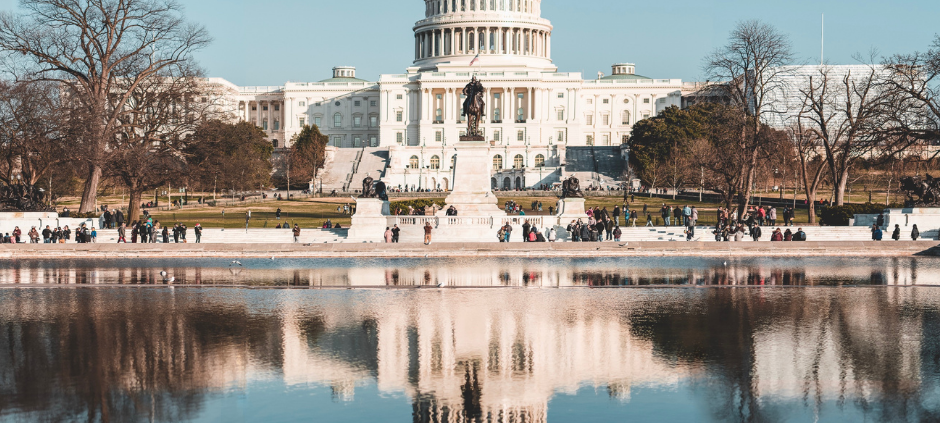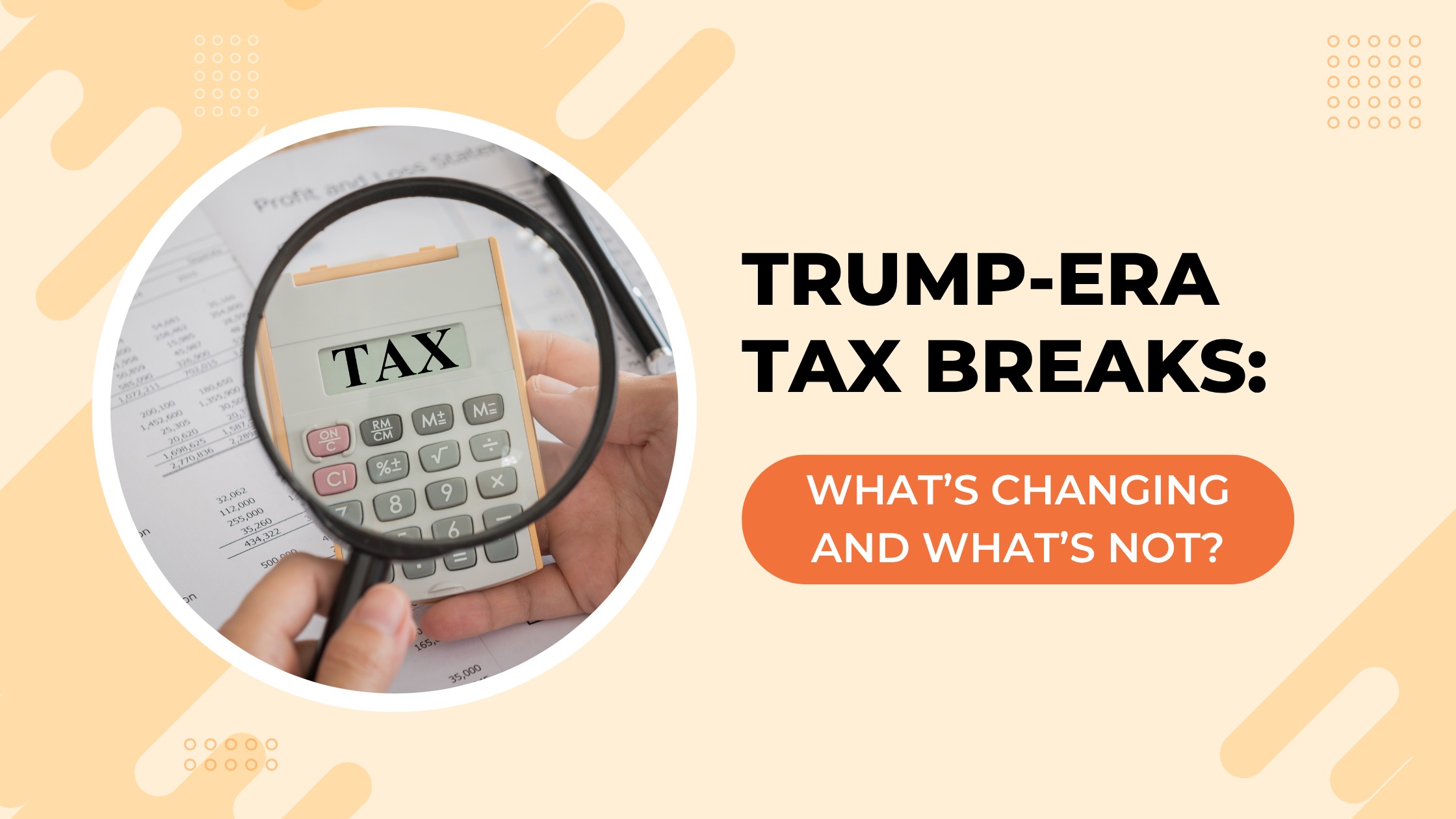How the new stimulus bill helps business owners
Roshani Pandey is a financial advisor and founder of True Root Financial. True Root Financial is located in San Francisco, CA and serves clients across the globe.
The President signed the second Coronavirus stimulus bill into law this week. Of the $900B that Congress has committed in additional relief, $325B is going towards small business aid. The small business aid consists of loans as well as various tax credits and deductions. While some of the tax deductions still need further clarification from the IRS, here’s a first look at the features specifically aimed towards small businesses. Many of these provisions are conditional and require you to examine your taxes with a qualified tax advisor or CPA.
A second paycheck protection program is available
The original Paycheck Protection Program (PPP) under the CARES ACT, provided small businesses with funds to pay up to 8 weeks of payroll and other relevant expenses. These forgivable loans ended in August 2020. The new stimulus bill has created a second round of the PPP loan program. The new loan is capped at $2 million and has two new conditions:
- It is only available to businesses with 300 or fewer employees and
- To businesses that have suffered at least a 25 percent drop in gross receipts in 2020 compared to the same quarter in 2019
Businesses can deduct expenses paid with forgiven PPP loans
Both rounds of the PPP loans are forgivable under certain conditions. Typically, businesses pay income taxes on any forgiven loan. The new bill clarifies that the forgiven PPP loans will not be considered income for tax purposes. Additionally, any expenses that businesses paid with forgiven PPP loans can still be used for tax deductions. This applies both to the first round of PPP loan as well as the second round. In this way, Congress has created two levels of tax benefits for businesses receiving PPP loans. The first benefit is making the loan income-tax-free. The second is allowing businesses to claim income deductions on expenses paid.
The bill expands the Employee Retention Tax Credit (ERTC)
The Employee Retention Tax Credit (ERTC) is a provision to reduce taxes for businesses affected by the pandemic, that still retain their employees. Tax credits are even more valuable than a tax deduction because they reduce the taxpayer’s final tax bill dollar-for-dollar instead of just reducing the taxable income. On top of that, the ERTC is a refundable tax credit. A refundable tax credit allows the taxpayer to get a refund check if their tax liability is less than the credit. A nonrefundable tax credit can only reduce the tax liability to zero.
Here are the changes to the ERTC:
- The new bill allows businesses to claim ERTC not only on wages paid in 2020 but wages paid all the way to July 1, 2021
- It also increases the tax credit from a maximum of $5,000 per employee to a maximum of $7,000 per employee per quarter (see details below)
- Previously, businesses that received the PPP loan did not qualify for ERTC. The new bill allows businesses that obtained the PPP loan to also receive ERTC
- Even though a business can claim both ERTC and a PPP loan, it can’t use both programs to cover the same wages
However, many of the following features only apply to wages paid after Dec 31, 2020:
- For wages paid between January 1, 2021 and before July 1, 2021
- Employers can get tax credit of up to 70% of wages paid of up to $10,000 per quarter
- This means employers can get a maximum credit of $7,000 per employee per quarter
- To qualify, firms must be suspended due to government actions related to coronavirus. Or, they must experience a 20 percent decline (previously 50 percent) in gross receipts in a quarter
- Previously, businesses had to compare changes in gross receipts to a quarter in the previous year. Now, businesses can choose an alternative comparison if that’s more favorable. They can compare the quarterly loss to the calendar quarter immediately preceding it
The bill expands how businesses can use the PPP loan
60 percent of funds borrowed by businesses under the PPP must still go toward payroll. But the expenses that can be covered by the remaining 40 percent have been expanded:
- They can now cover business operations expenses around cloud computing, sales monitoring and supplier goods
- The contracts for these business expenses must have been in place before the PPP loan was applied for, with the exception of perishable goods
- Other expenses the PPP covers also now include costs to install sneeze guards, buy personal protective equipment, switch to outdoor dining and other expenses to make a business Covid-19-safe.
Larger deductions of business meals
In order to encourage business spending at restaurants, the bill also introduces an expanded tax deduction. Businesses can now deduct up to 100 percent of expenses for business meals ordered from restaurants in 2021 and 2022. The exact qualifications for this deduction is forthcoming from the IRS.
PPP loan targets to help minority- and women-owned businesses
According to studies, the first PPP loan did not reach very small and women- and minority-owned businesses. Hence, the new law aims to provide better access to these loans by setting aside a portion of the money to small community banks, credit unions and community development financial institutions. By setting aside funds to these financial institutions, Congress believes that it will be able to improve access to funding for these under-served businesses.









Leave a Reply
Want to join the discussion?Feel free to contribute!